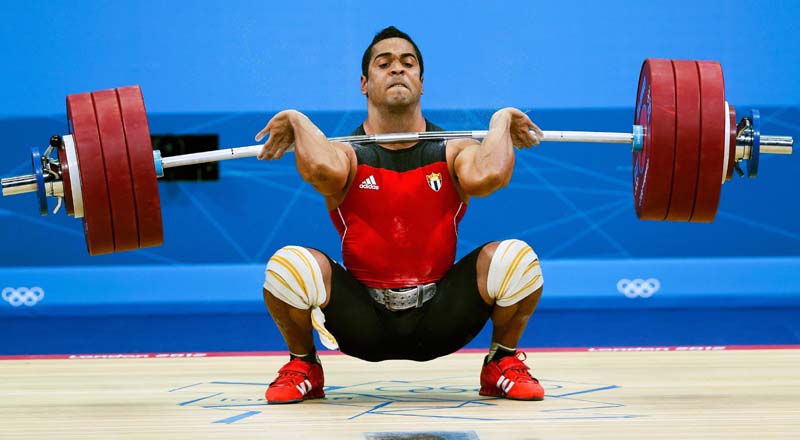Turkey Tourism
It is widely known that Turkey is the home of:
* Troy
* The Blue Mosque
* The Silk Road
* Cappadocia
* The golden horn
Tourism involve historical aspects which are mixed inside a deep and multi-faceted culture.
Turkey’s present territory has been stepped by many civilizations, commerce, wars, empires, religions, to sum up, Turkey is the mixture of two different worlds, Europe and Asia.
For tourists Turkey offers a diverse amount of activities and facilities. YHT is a high speed train which reduce the traveling time between the most important cities. Also the advanced highway network allows easy access to different corners of the land.
People is friendly and kind, they welcome
tourists from around the world with gentle modals.
The majority of ATMs offer English language
or other language options for the convenience of foreigners. The official
Turkeys currency is the Turkish Lira.
Many international GSM operators provide
coverage in Turkey in addition to local GSM operators such as Turkcell, Avea
and Vodafone.
English is the most spoken foreign language
everywhere in Turkey. Almost anybody would be able to help you in a restaurant
or a mall.
Deficiencies
Traveling to Turkey requires a visa.
Tourist visas allows a person to stay inside the country for at least 3 months
or 90 days. The person after that period of time should live the country to
avoid legal problems.
International drivers should carry an
international license, passport and the documents of the car. It is quite
difficult to drive there if you are a tourist because national licenses don´t
work for driving in Turkey.
The
last important issue which must be taken into count is terrorism. Turkey has a
great number of Muslims and limits with some Arab countries.
Gastronomy
Turkish Cuisine is always a pleasant
surprise for the visitor. Kebabs are dishes of plain or marinated meat either
stewed or grilled. Almost every district of Anatolia has its own kebap
specialty. Lamb is the basic meat of Turkish kitchen.
Kebabs are dishes of plain or marinated
meat either stewed or grilled. Almost every district of Anatolia has its own
kebab specialty. Lamb is the basic meat of Turkish kitchen.
Simit is another type of ring-shaped bread
covered with sesame seeds. Simit is commonly eaten in Turkey, plain or with
cheese, butter or marmalade.
Yogurt is an important element in Turkish cuisine. In fact, the English word yogurt derives from the Turkish word “yogurt”. Yogurt can accompany almost all meat dishes, especially kebabs. Yogurt also works well with vegetable dishes and is the base for many sauces, it can also be spread on meats, salads and wraps.
Preparation
Like a typical yogurt, Turkish yogurts are made by the addition of cultured bacteria within cow fresh milk. Bacteria consume lactose and produce lactic acid as a waste product. The lactic acid acts as a coagulant which breaks the binds causing water to escape from the milk, simultaneously the casein proteins inside the milk coagulate generating a three dimensional cage that hold milk fat. This procedure yields a fantastic thick yogurt.
Step 1: Heat milk to 82C degrees and let it cool to 42C.
Step 2: Add culture bacteria and pour the mixture inside sanitized containers.
Step 3: Incubate the milk at 45C degrees for 8h.
Step 4: Drain the yogurt for 12h for thick.
Turkish yogurt also presents other variations as Silivri Turkish yogurt which is primarily made in Istambul. This type of yogurt is prepared with sheep’s milk that is heated before the addition of the culture.
One important product derivate from the Turkish yogurt is Aryan.
Aryan is made by blending equal quantities of water and yogurt, salt is added to the mixture for flavoring and it is always consumed cold. It can also be prepared sweet or flavored with infused flowers water.
Menemen is a traditional Turkish dish which
includes eggs, onion, tomato, green peppers, and spices such as ground black
pepper, ground red pepper, salt and oregano.
Preparation
Step 1: Onions are sauteed with the heated
butter or oil, then the green peppers.
Step 2: Once the onions become soft and
lighter in color, the tomatoes and peppers are added.
Step 3: Tomatoes should become very soft
and also change thecolour of the mixture.
Step 4: The eggs and spices are added, mixed with the
other ingredients and cooked. The eggs should be fully cooked but not dry.
Spanakopita
It is a phillo dough stuffed with feta
cheese and spinach. Phillo dough is a traditional ingredient in mediterranean
cuisine. Consist in thin sheets of wheat flour which yields a gorgeous brittle
and crispy pastry similar to puff pastry.
Step 1: Mix in a medium size bowl the same
amount of cheese and spinach. Add milk, a quarter of butter, salt, pepper and
olive oil.
**Once the mixture is evenly built, we can
start with the phillo dough.
Step 2: Take out from the refrigerator the
phillo dough and let it cool 2 hours before it is going to be used, otherwise
it will be impossible to handle because its brittle consistency. When the
phillo dough is taken out of the package it must be set below a cloth wet with
some tiny water drops. If the cloth is very wet the dough is going to be
totally wasted.
Step 3: Cut the phillo dough in rectangles.
Add a teaspoon of the spinach mixture on one extreme of the dough. Then fold
like making triangles from one corner to the next side of the rectangle. Keep
folding the same way until get a chubby patty.
Step 4: Bake at a temperature of 160C
degrees until the pastry gets golden brown.
























